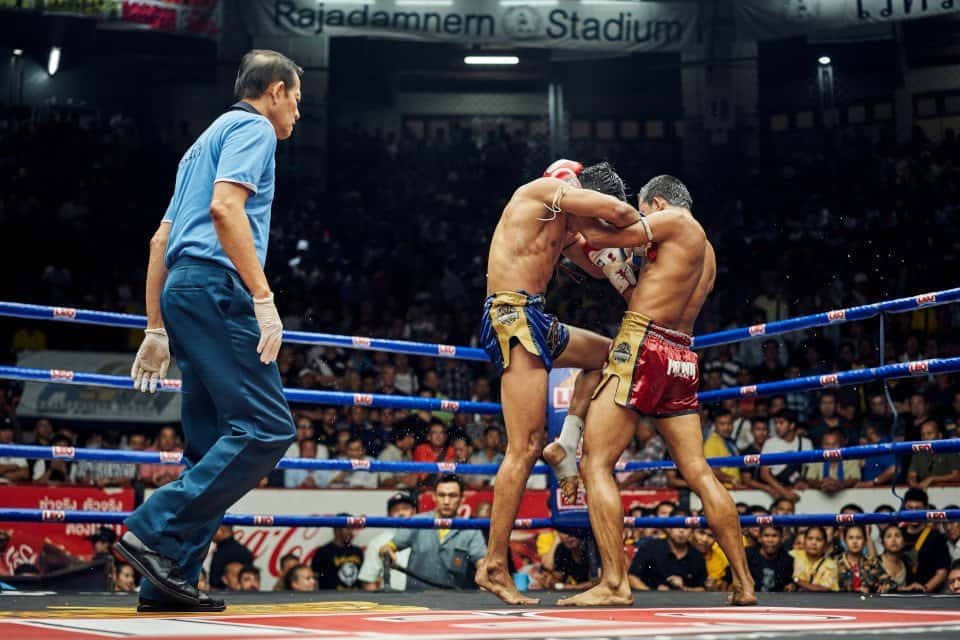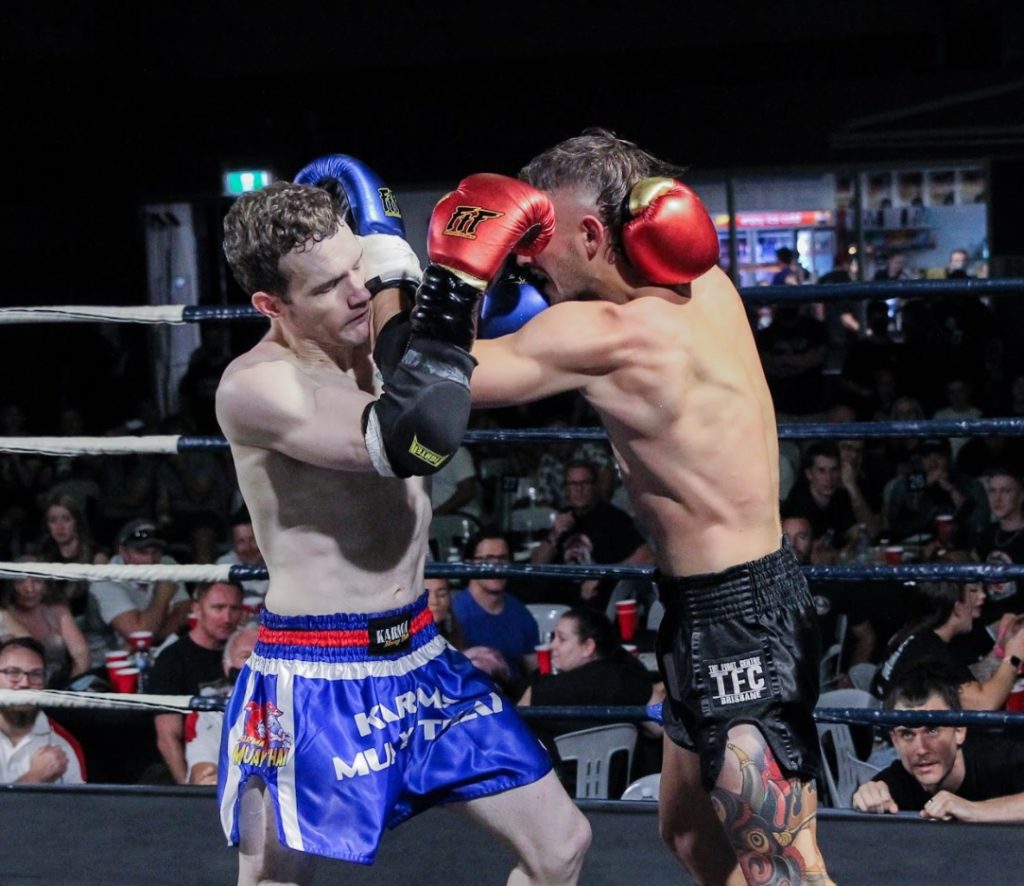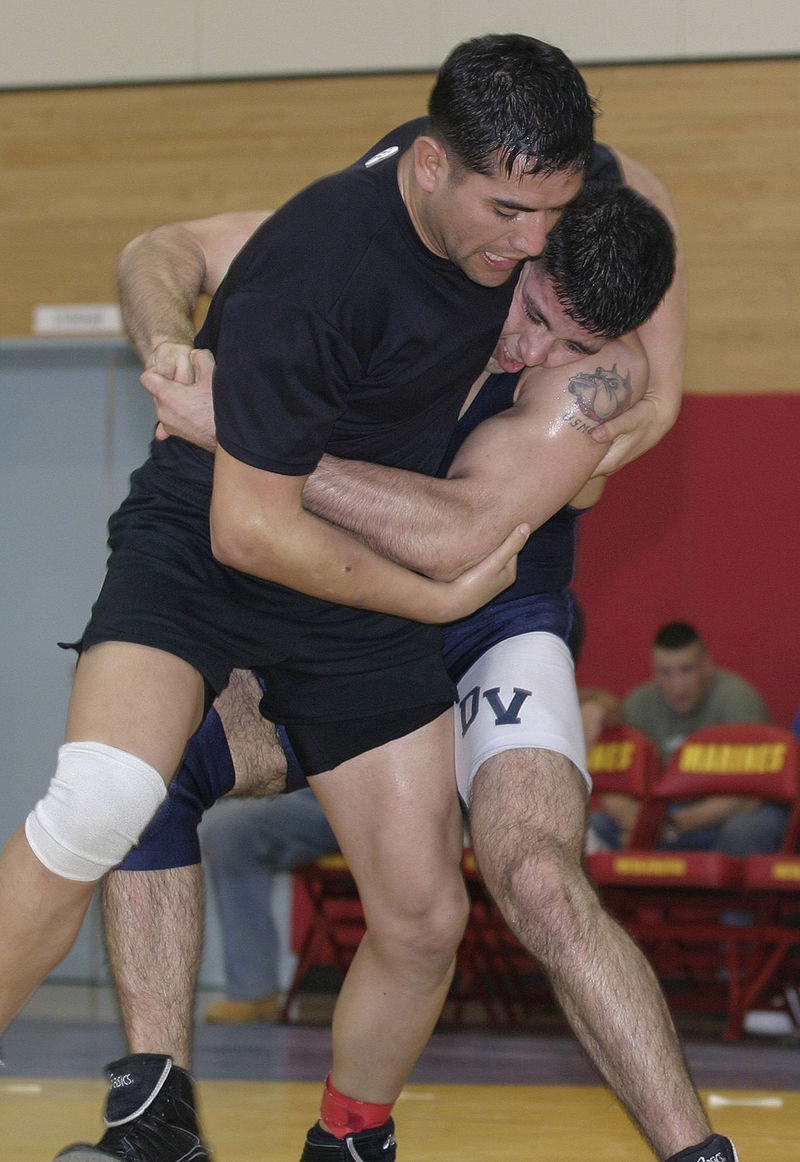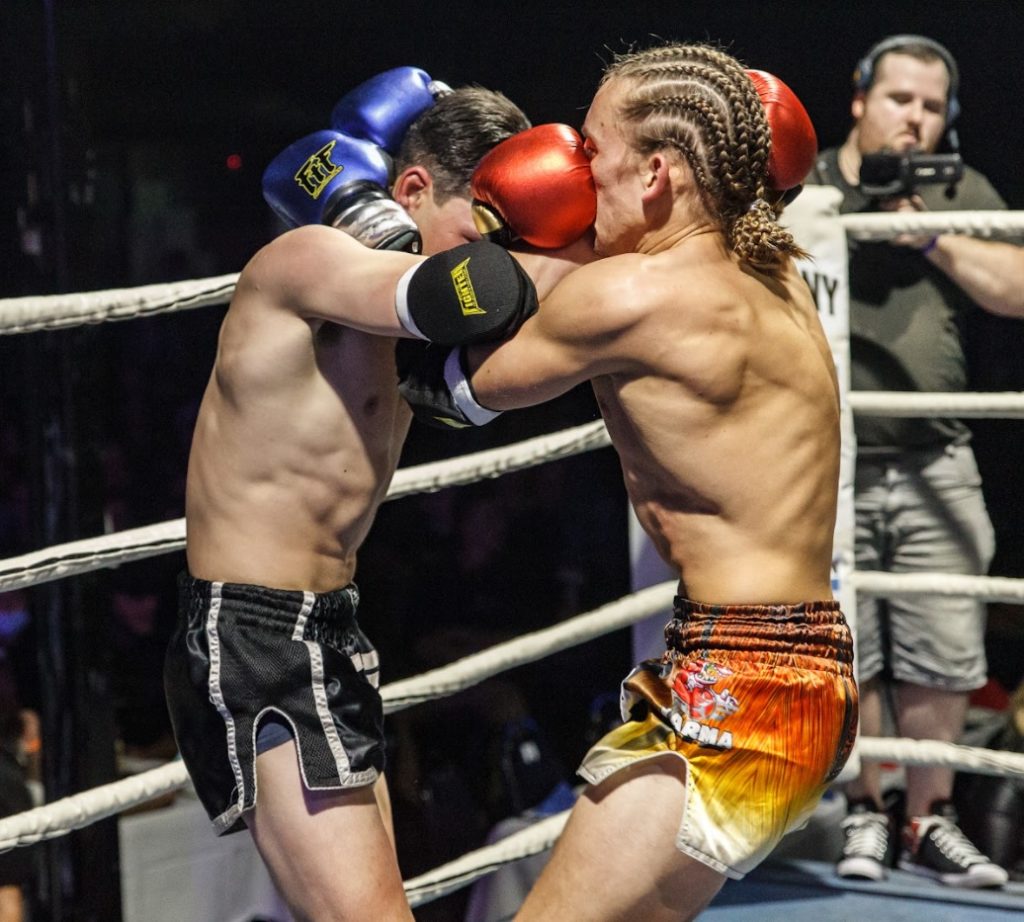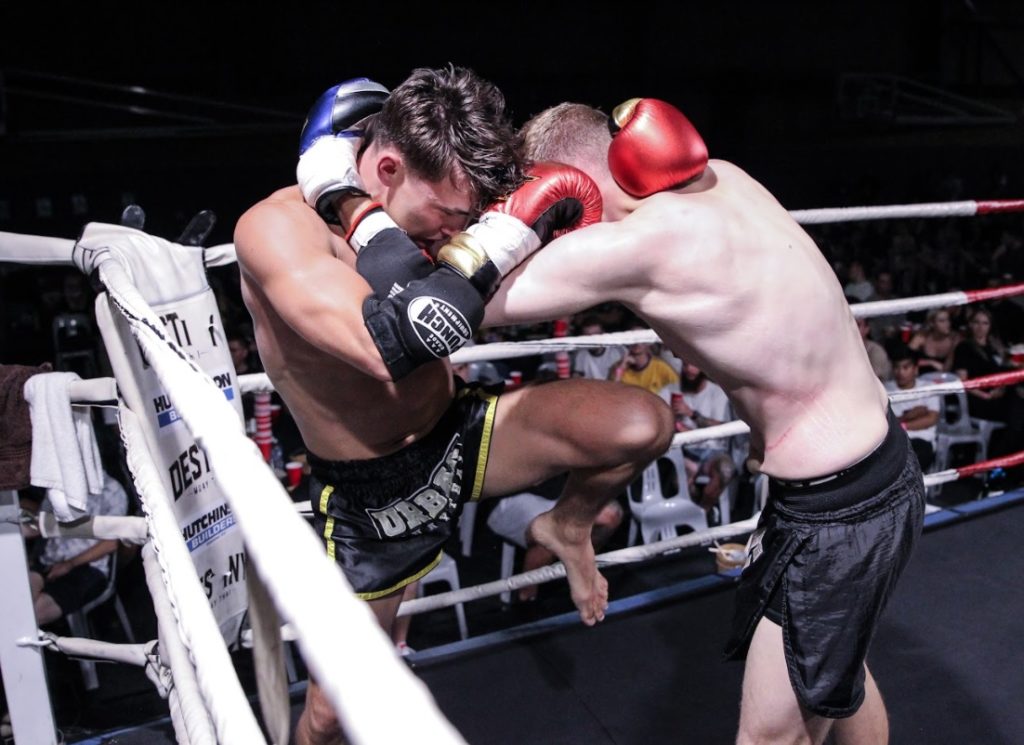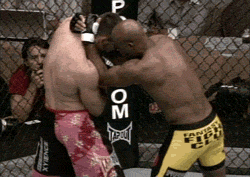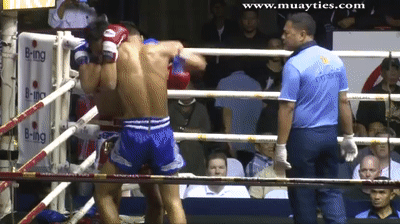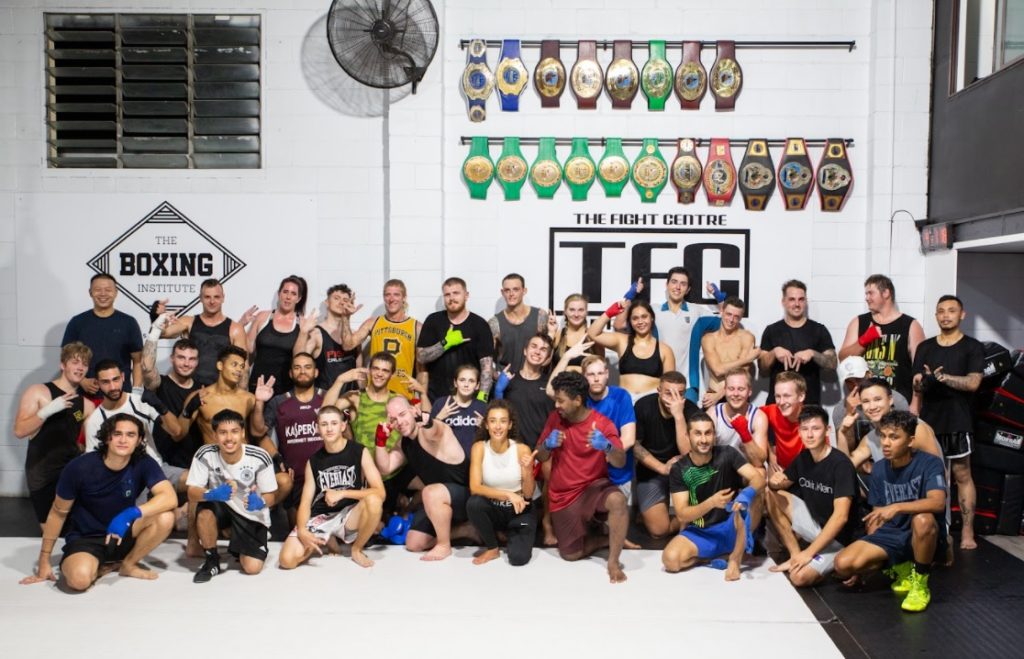Upcoming Events
No event available, please check back again, thank you.
Latest Articles
The Muay Thai Clinch Is More Than What You Think It Is
7 October 2021
Muay Thai is undeniably one of the most prolific martial arts of today’s time. As a core discipline in one of the mainstream media’s biggest spectacles, its community has grown in strength and number across the globe. And yet, there is one thing that remains misunderstood by many: the Muay Thai Clinch.
A common misguided notion about the clinch is that it’s nothing more than two fighters trying to stall in the middle of a match. It isn’t hard to see why. In boxing, for example, boxers tend to “hug it out” at times. The referee would then come to break them up and restart the action.
Honestly, the stalling by clinching thing is true in some cases. (Only in some, because it depends on the fighters involved. There is still a lot you can do while all clinched up.) However, the Muay Thai clinch isn’t a position where you’ll find much rest.
So… what is the Muay Thai clinch, how do you do it, and when is a good time to do it? We’ll cover everything you need to know about it in this article.
-
What is the Muay Thai clinch
The Muay Thai clinch is a position for fighters to grapple for dominance. It opens up opportunities to unleash lethal strikes and knock the opponent out.
Defined by the dictionary, the clinch as “grappling at close quarters” to be “too closely engaged” for full blows. Some say that it is just an extremely close combat range that you need to learn to navigate if you’re fighting.
The clinch is the part where the combatants grapple standing up. They do this with what we call clinch holds. Compared to clinching in other fighting systems, referees do not immediately break it.
That doesn’t mean they never do. Sometimes, the clinch outlasts its use and drags on without anything happening. In this case, it would be reasonable to break it up.
-
Is the Muay Thai clinch offensive or defensive
The clinch is versatile. It can be both an offensive or defensive maneuver, depending on the context. For example, boxers use clinching defensively to disrupt the opponent’s momentum.
(It doesn’t have much use beyond that in boxing, which is why referees break up boxing clinches as soon as they begin.)
In jiu jitsu and karate, players clinch while waiting for the opportunity to take the opponent down. You could say that they use it only to transition into a more dominant position.
In Muay Thai, however, clinching is a game of its own.
The Muay Thai clinch is an offensive position fighters use to unleash close-range attacks. Of course, some fighters try to use the clinch for a mid-match breather. This is especially true for newer amateurs.
It’s not the same for properly trained fighters, though. Take the time to watch a professional Muay Thai match. You’ll see that there is so much more happening between two clinched fighters.
Close-range strikes such as knees and elbows are not something you take lightly, especially in a clinch. The damage they deal is immense, and you can barely see them coming. You’ll find many videos of these techniques finishing fighters in the clinch.
The clinch also presents opportunities to score points through positioning, sweeping, and tripping. In fact, with the abundance of opportunities in it, there is a class of fighters aiming to get into it every time. Muay Khao are clinch and knee specialists, and they’re not the type you want to be getting up close and personal with.
-
Muay Thai Clinch Techniques
The first step to getting in a clinch is to get close enough to grab your opponent. In boxing where the clinch is used as a defensive move, boxers would do this by closing in with a tight guard. On the other hand, the Muay Thai clinch is an offensive technique, so there are many ways to get into it.
Double Collar Tie (Muay Thai Plum)
The double collar tie (also called the Muay Thai plum) is one of the most commonly used techniques in Muay Thai. To get into it, you must pressure your opponent against the ring. When the opportunity presents itself, wrap your arms over your opponent’s shoulders and behind their neck.
You want to keep your arms inside your opponent’s since this will put you in a dominant position. Lock their head and shoulders by using your elbows and forearms to place pressure. This position gives you more control. Aside from that, you can also hurt your opponent if you do it correctly.
There is another option that achieves less control but deals more damage. Grab the back of your opponent’s head and pull it down for a prompt meeting between their face and your knee. Make sure that it’s your arms on the inside and not your opponent’s. That way, they won’t be able to use your shoulders to brace against the pressure from your hands.
Single Collar Tie
While the double collar tie is the most popular clinch position (thanks to MMA), it’s not commonly used in Muay Thai. Powerful in theory but easy to understand, making it easy to defend against and counter as well. As a result, fighters opt to go for single collar ties instead.
As the name implies, this technique is a single-arm version of the plum. One arm grasps the back of the opponent’s neck while the other wraps around the opponent’s arm to gain bicep control. This position provides good opportunities to strike with the knee or twist to outbalance the opponent.
-
Muay Thai Clinching Legend Petchboonchu FA Group
If you’re skeptical of how far the Muay Thai clinch can take you, just take a look at Petchboonchu FA Group. Any Muay Thai fanatic will tell you that he’s the best clincher in the sport. Currently, he is the most decorated Muay Thai world champion in history, holding titles across nine weight divisions. He uses an overwhelming style of clinching leaves the opponent with no time to breathe nor retaliate.
-
Final Thoughts
If you want to advance your Muay Thai skills, then you can’t leave the clinch out of your training routine. The ultimate form of combat dominance is knowing how to control your opponent. Mastering the clinch will give you an edge in the ring that may very well decide who wins and who loses.
